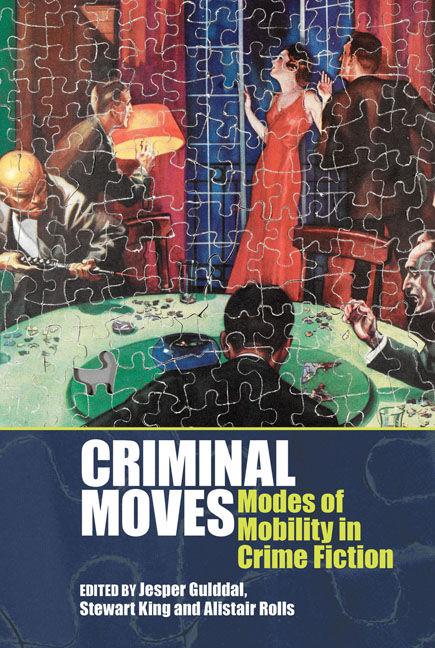9 - From Vidocq to the Locked Room: International Connections in Nineteenth-Century Crime Fiction
Summary
International Criminography
The international status of crime fiction was itself fictionalized in the suggestions by Régis Messac and Dorothy L. Sayers that the form could be traced back to the Old Testament, the classics or, more recently, Voltaire (Messac 1929: 47–99; Sayers 1972: 71–109). They were inventing a dignified antiquity for their own interests by seeing the genre as primarily detective fiction, linked to clever solutions to problems through many places and times, and solved by what Messac calls ‘princes subtils’ (89–99). However, a genuine internationality arose in collections of true-crime stories that emerged in the eighteenth century, gathering previously separate contemporary pamphlets or ballads. The French ‘Pitaval’ genre was the first: François de Pitaval, a courtroom lawyer, published several volumes of Causes célèbres et intéressantes between 1733 and 1743. In England The Newgate Calendar was a series of anonymous crime anthologies, first published in 1773, taking its name from the London jail but by no means only set in that city. Germany followed suit when the legal scholar Paul von Feuerbach published Merkwürdige Rechstfalle (1808, Noteworthy Legal Cases). America did not have an early anthology of crime stories, but many separate accounts appeared there in the same period.
Equally international were the fictional accounts of crime deployed by some Romantic-period writers as ways of imagining how an individual might dissent from social forces that seemed almost criminal. It is common to see the English William Godwin's Things as They Are (1794) – which came to be known by its sub-title Caleb Williams – and the American Charles Brockden Brown's Edgar Huntly (1799) as archetypes, both investigating a puzzling murder in the context of social critique, but these were preceded in Germany by Friedrich Schiller's Die Räuber (1781), which celebrates heroic criminality, and his unfinished Der Geisterseher (1786–87) has an aristocrat examining mysterious events. In E.T.A. Hoffman's Das Fräulein von Scuderi (1819) an elderly lady explains mysterious crimes in eighteenth-century Paris. In the same city Honoré de Balzac published two novels focusing on the deeds and qualities, both good and bad, of the pirate Argow in Le Vicaire des Ardennes (1823) and Annette et le criminel (1824), both of which were inspired by international sources, such as Godwin and the Romantics Scott and Byron (Mannironi 2015: 145–60).
- Type
- Chapter
- Information
- Criminal MovesModes of Mobility in Crime Fiction, pp. 163 - 178Publisher: Liverpool University PressPrint publication year: 2019



